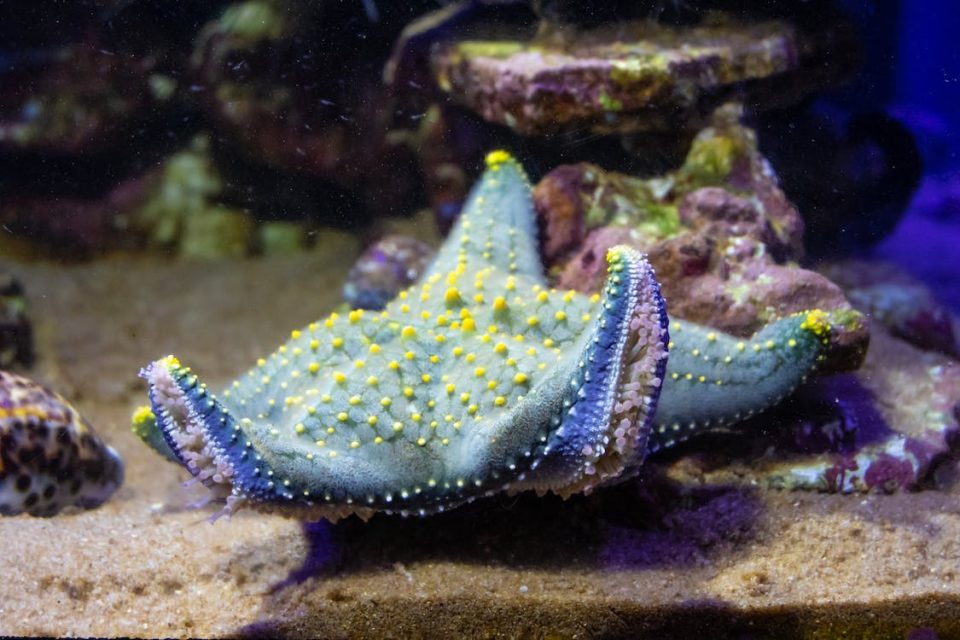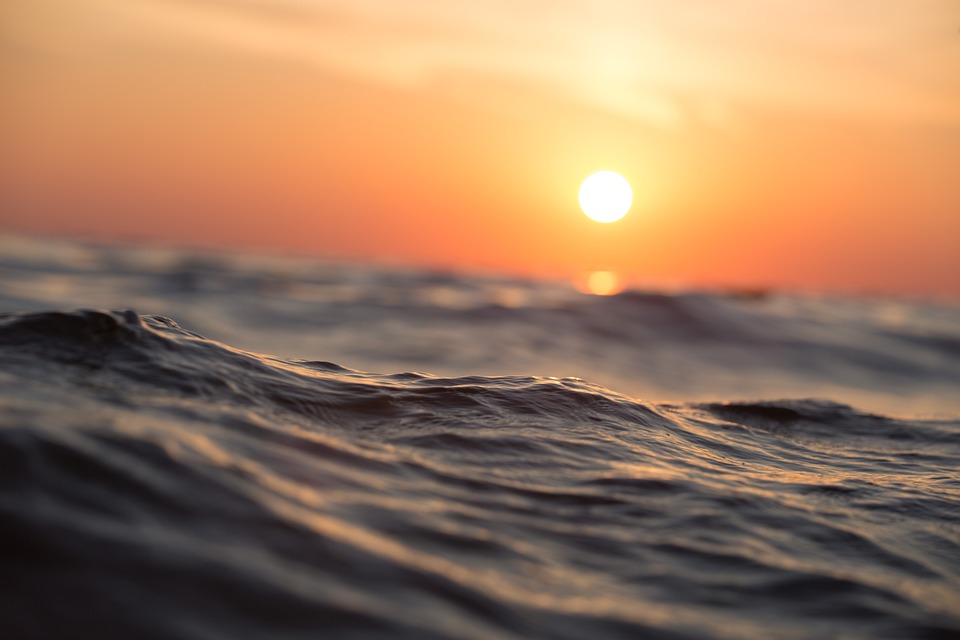
Crater ponds are bodies of water that are formed in the depressions left behind by the impact of meteorites on the Earth’s surface. These impact craters can range in size from a few meters to several kilometers in diameter and are found all over the world. The formation and characteristics of these crater ponds are influenced by a number of factors, including the size and velocity of the impacting object, the composition and structure of the target rock, and the environmental conditions present at the time of impact.
Size and Velocity of the Impacting Object
The size and velocity of the impacting object are the primary factors that determine the size and depth of the resulting impact crater. Larger objects and those with higher velocities will create larger and deeper craters. This is due to the fact that the kinetic energy of the object is transferred to the target rock upon impact, causing the rock to be displaced and deformed. The amount of energy transferred depends on the mass and velocity of the object, as well as the composition and structure of the target rock.
Composition and Structure of the Target Rock
The composition and structure of the target rock also play a significant role in the formation and characteristics of crater ponds. The target rock can be either hard or soft, and its composition can vary from sedimentary to igneous to metamorphic. Harder rocks, such as granite or basalt, are more resistant to deformation and are therefore able to withstand more energy transfer from the impacting object. Softer rocks, such as sandstone or limestone, are more easily deformed and are therefore more likely to form a depression that can hold water.
In addition to the composition of the rock, the structure of the rock can also affect the formation of crater ponds. For example, rocks that are highly fractured or faulted may be more susceptible to fragmentation and displacement upon impact, resulting in a greater potential for water retention. Similarly, rocks that are layered or have different densities may also be more prone to fracturing, leading to the formation of a depression that can hold water.
Environmental Conditions
The environmental conditions present at the time of impact can also influence the formation and characteristics of crater ponds. For example, the presence of water on the target surface can absorb some of the energy of the impacting object, resulting in a shallower and wider crater. Additionally, the presence of water can also increase the likelihood that a depression will hold water after impact, as the impact can create a natural basin that collects water.
Other environmental factors that can influence the formation of crater ponds include the angle of impact, the atmospheric conditions at the time of impact, and the presence of vegetation or other organic matter on the target surface. The angle of impact can affect the shape and depth of the resulting crater, as well as the likelihood that water will be retained. Atmospheric conditions, such as the presence of a thick atmosphere or high levels of moisture, can also affect the transfer of energy from the impacting object to the target rock, resulting in a different type of impact crater.
Conclusion
In conclusion, the formation and characteristics of crater ponds are influenced by a number of factors, including the size and velocity of the impacting object, the composition and structure of the target rock, and the environmental conditions present at the time of impact. Understanding these factors can help us to better understand the geological history of the Earth and other planetary bodies, as well as the potential for water retention and other geological features. As such, further research into the formation and characteristics of crater ponds is essential for advancing our understanding of the universe around us.







